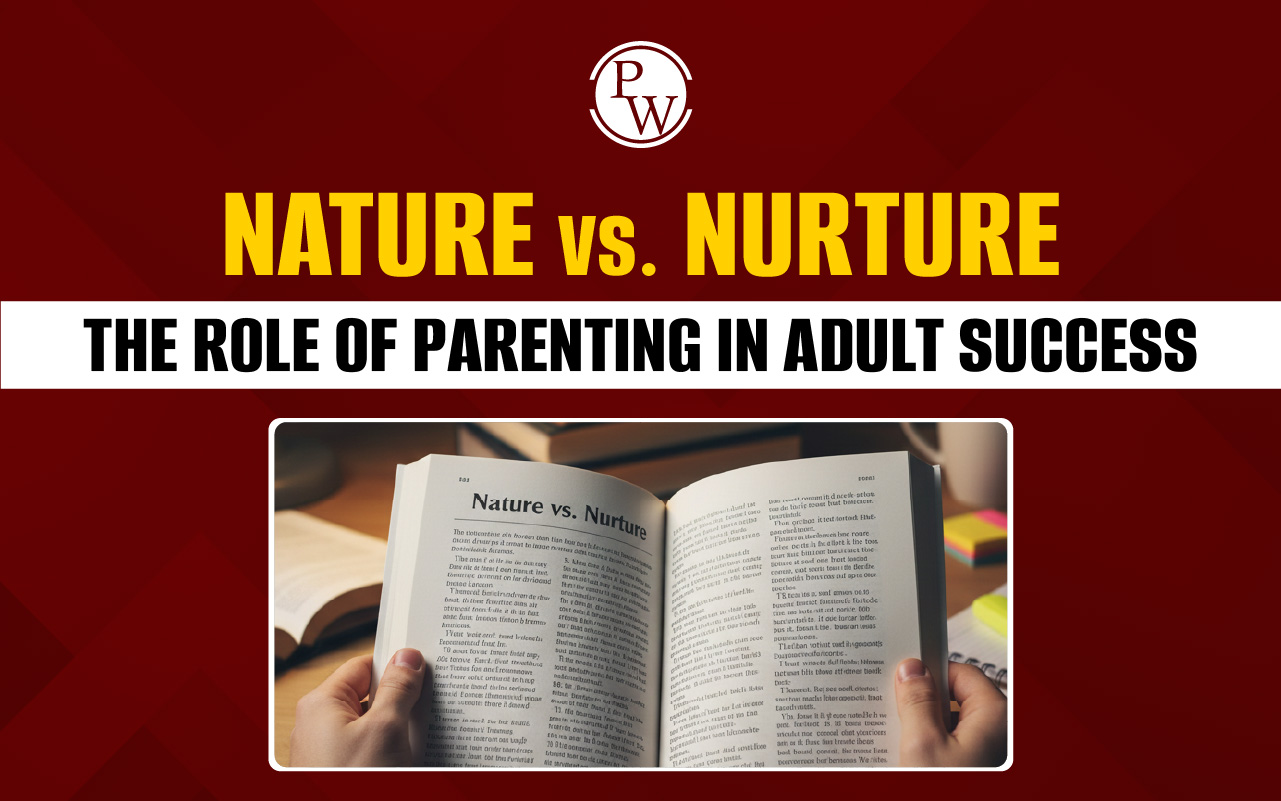
The Evolutionary Mystery Crocodile Survives Reading Answers: The IELTS Reading test on "The Evolutionary Mystery Crocodile Survives" features different question types like Matching Headings, Summary Completion, and True/False/Not Given. The passage explains how crocodiles have adapted over millions of years, their survival techniques, and their unique characteristics. It also explores their hunting methods, metabolism, and ability to endure extreme conditions. To prepare well, students should practice the IELTS Reading section sample questions within the 60-minute time limit. This guide will help improve their understanding of the passage and boost their overall IELTS Reading band score.
The Evolutionary Mystery Crocodile Survives Reading Answers Passage
Crocodile Survives
Paragraph A: Even though crocodiles have been around for 200 million years, they are not a primitive species of animal. Because of the aquatic lifestyle that their ancestors adopted, crocodiles can now be found in water. While most modern reptiles have gone extinct, crocodiles have adapted to the changes in their environment. They survived the rise and fall of the once-dominant dinosaurs and even the 65 million years of supposed mammalian dominance. The ability to adapt has demonstrated how little crocodiles and alligators have changed from their ancient ancestors.
Paragraph B: The earliest ancestor of crocodiles appeared about 250 million years ago. Crocodiles are the ideal and natural stealth hunters due to their characteristics. They have a long tail, streamlined body, armour, and long jaws, for example. Although they have four small, webbed legs, you should never undervalue their mobility on the ground. They move so quickly, especially when hunting, that you won't even have time to try to make the same mistake by approaching them too closely.
Paragraph C: Crocodiles, like other reptiles, are poikilothermic animals (commonly known as coldblooded, whose body temperature changes with that of the surroundings), and as a result, they need regular exposure to sunlight to raise body temperature. They would rather remain in water or the shade when it is too hot. Crocodiles' slower metabolism makes them less susceptible to food shortages than mammals and birds. In the worst case, a crocodile can further slow its metabolism to the point where it could go an entire year without eating, allowing it to outlive mammals in unstable environments.
Paragraph D: Crocodiles are very effective at catching prey. Without making any noise or strong vibrations, crocodiles can catch their prey without the prey even being aware of it. It only keeps its height above the water at eye level. As soon as it decides the victim is close enough, it jerks out of the water with its wide open jaws. Crocodiles are able to alter their feeding methods, which aids in their survival. The crocodile rushes forward when an ambush opportunity arises, knocks the animal unconscious with its strong tail, and then drags the prey into the water to drown. It catches birds at the water's surface and chases after fish. In preparation for a gazelle, it hides in the vegetation by the water.
Paragraph E: The hot season brings drought to many crocodilian habitats, drying up their prey areas and making it more difficult for them to control body temperature. As a result, reptiles could rule. For instance, many crocodiles can defend themselves by excavating holes and encasing themselves in mud while they wait for the rains to return for months without eating or drinking. They enter what is known as aestivation, a quiescent state.
It is believed that the majority of crocodilians enter aestivation during the dry season. The King Crocodile, a species of fresh water crocodile native to Australia, spent nearly four months of the year underground during a six-year study by Kennett and Christian. In some years, plasma fluid samples were taken once a month to monitor the effects of aestivation with regard to the accumulation of nitrogenous wastes and electrolyte concentrations. Doubly labelled water was used to detect field metabolic rates and water flux.
Paragraph F: According to the study, the crocodiles' metabolic engines work slowly, producing waste while depleting their water and fat stores. Urine stores waste, which is increasingly concentrated. However, the level of waste materials in blood doesn't change much, so the crocodiles can go about their daily business. In addition to this, even though the crocodiles lost water reserves and body mass while submerged, the losses were proportional, and when they came to the surface, the aestivating animals exhibited no symptoms of dehydration or other unfavourable effects, such as slowed growth. The two scientists believe that the ability of crocodiles to endure difficult circumstances and protracted starvation periods is undoubtedly the key to the crocodilian line's survival throughout history.
| IELTS Exam Important Links | |
|---|---|
| IELTS Reading Band Score | IELTS Listening Band Score |
| IELTS Speaking Band Score | IELTS Writing Band Score |
The Evolutionary Mystery Crocodile Survives Reading Answers Sample Questions
Questions 1-7
(Choose the correct heading for paragraph A-G from the list below.)
List of Headings:
i. The survival of crocodiles through history
ii. The special features of crocodiles
iii. How crocodiles regulate their body temperature
iv. The hunting techniques of crocodiles
v. The impact of food shortages on crocodiles
vi. The ability to adapt to different seasons
vii. Scientific study on crocodile aestivation
viii. The physical endurance of crocodiles
ix. The relationship between crocodiles and dinosaurs
x. The metabolic strategies of crocodiles
xi. The role of crocodiles in the ecosystem
-
Paragraph A
-
Paragraph B
-
Paragraph C
-
Paragraph D
-
Paragraph E
-
Paragraph F
-
Paragraph G
Questions 8-13
(Complete the summary using NO MORE THAN TWO WORDS OR A NUMBER.)
Crocodiles have existed for nearly (8) ______ million years and have managed to survive environmental changes while many other reptiles went extinct. One of their key survival strategies is their ability to regulate their (9) ______, which helps them conserve energy and survive food shortages. In extreme cases, crocodiles can slow down their (10) ______, allowing them to survive without food for an entire year.
Their unique (11) ______ enable them to hunt with precision, remaining undetected until they attack. They use their (12) ______ to knock prey unconscious before dragging it into the water. Some crocodiles can even enter a state called (13) ______, where they remain dormant underground during dry seasons to survive harsh conditions.
The Evolutionary Mystery Crocodile Survives Reading Answers with Explanations
1. Paragraph A - ix. The relationship between crocodiles and dinosaurs
Location: Paragraph A
Reference: "They survived the rise and fall of the once-dominant dinosaurs and even the 65 million years of supposed mammalian dominance."
Explanation: This paragraph discusses how crocodiles have survived through different evolutionary periods, including the time of the dinosaurs.
2. Paragraph B - ii. The special features of crocodiles
Location: Paragraph B
Reference: "Crocodiles are the ideal and natural stealth hunters due to their characteristics. They have a long tail, streamlined body, armour, and long jaws, for example."
Explanation: This paragraph highlights the physical attributes that make crocodiles effective hunters.
3. Paragraph C - iii. How crocodiles regulate their body temperature
Location: Paragraph C
Reference: "Crocodiles, like other reptiles, are poikilothermic animals… they need regular exposure to sunlight to raise body temperature. They would rather remain in water or the shade when it is too hot."
Explanation: This paragraph explains how crocodiles control their body temperature by moving between sunlight and shade.
4. Paragraph D - iv. The hunting techniques of crocodiles
Location: Paragraph D
Reference: "Without making any noise or strong vibrations, crocodiles can catch their prey without the prey even being aware of it."
Explanation: This paragraph describes the hunting strategies used by crocodiles to catch their prey.
5. Paragraph E - vi. The ability to adapt to different seasons
Location: Paragraph E
Reference: "The hot season brings drought to many crocodilian habitats, drying up their prey areas and making it more difficult for them to control body temperature."
Explanation: This paragraph discusses how crocodiles adapt to seasonal changes, such as drought.
6. Paragraph F - vii. Scientific study on crocodile aestivation
Location: Paragraph F
Reference: "The King Crocodile, a species of freshwater crocodile native to Australia, spent nearly four months of the year underground during a six-year study by Kennett and Christian."
Explanation: This paragraph presents a scientific study of how crocodiles survive during dry periods.
7. Paragraph G - x. The metabolic strategies of crocodiles
Location: Paragraph G
Reference: "The two scientists believe that the ability of crocodiles to endure difficult circumstances and protracted starvation periods is undoubtedly the key to the crocodilian line's survival throughout history."
Explanation: This paragraph explains how crocodiles use their slow metabolism to survive extreme conditions.
8. 250
Location: Paragraph B
Reference: "The earliest ancestor of crocodiles appeared about 250 million years ago."
Explanation: The passage states that crocodiles have existed for 250 million years, showing their long evolutionary history.
9. Body temperature
Location: Paragraph C
Reference: "Crocodiles, like other reptiles, are poikilothermic animals… they need regular exposure to sunlight to raise body temperature."
Explanation: Crocodiles regulate their body temperature by moving between sunlight and shade, helping them survive.
10. Metabolism
Location: Paragraph C
Reference: "Crocodiles' slower metabolism makes them less susceptible to food shortages than mammals and birds."
Explanation: Crocodiles can slow their metabolism, allowing them to survive for long periods without food.
11. Hunting skills
Location: Paragraph D
Reference: "Crocodiles are very effective at catching prey. Without making any noise or strong vibrations, crocodiles can catch their prey without the prey even being aware of it."
Explanation: This shows how crocodiles use their hunting skills to capture prey without being detected.
12. tail
Location: Paragraph D
Reference: "The crocodile rushes forward when an ambush opportunity arises, knocks the animal unconscious with its strong tail."
Explanation: Crocodiles use their powerful tails to stun prey before dragging them into the water.
13. Aestivation
Location: Paragraph F
Reference: "They enter what is known as aestivation, a quiescent state."
Explanation: During dry seasons, crocodiles go into a dormant state called aestivation to survive harsh conditions.
Also Read:
- Should You Use All Capital Letters in the IELTS Listening and Reading Tests
- IELTS Reading Mistakes
- How to Improve IELTS Reading Score
- How to Manage Time in IELTS Reading
Guidance of PW IELTS
Physics Wallah offers multiple online IELTS courses for all students. Follow the IELTS pages to better prepare for the exam.
| What is IELTS Exam? | Documents Required for IELTS Registration |
| IELTS exam eligibility requirements | IELTS Exam Fees |
| IELTS test results | IELTS Exam Pattern |
The Evolutionary Mystery Crocodile Survives Reading Answers FAQs
How have crocodiles survived for millions of years?
What makes crocodiles effective hunters?
How do crocodiles survive without food for long periods?
What is aestivation, and why do crocodiles do it?
Do crocodiles need sunlight to regulate their body temperature?










